Pik30 Self Launching Sailplane For Sale
Full Package $65,000.00
Call: Jim Mosher at (505) 466-7870 or E-mail to mosher@performanceindian.com
These 2 pics were taken at Marfa where I climbed in wave to 21,000' at Dick Johnson's Wave Camp.
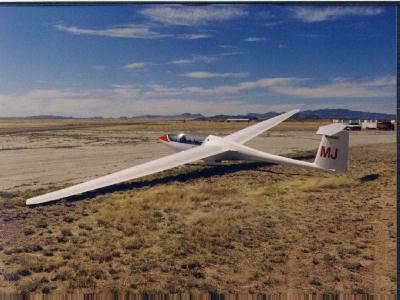
1985 S/N:716 15/17meter, 277Hrs. Airframe / 43Hrs. Motor, NDH
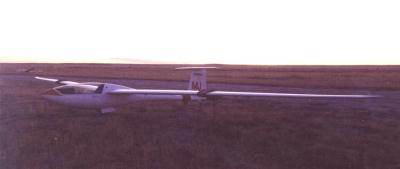
I am the 2nd owner of this ship. I purchased it in 1986 with only 15 hours on it! I have only put 262 hours on it myself. All but a few hours were flown in Caddo Mills, Texas. This ship has never been damaged, except for a few cosmetic knicks, and bangs, which are fixed, and undetectable. I have been a concourse restoration expert of fine cars, and antique motorcycles all my life, and this ship has recieved my finest care. I refinished the factory paint job in 1991 with German "Spies/Hecker" Urethane paint, which looks like the day I finished it. It is extremely strong paint, while remaining flexible. Cosmetic repairs are much easier than on a "gel-coated" ship. With proper care, this finish will be slick as glass, and bright white for several more decades. I took great care to only put a minimum of material on, and the result is only a 7 pound weight gain! Refinish jobs can add as much as 40 pounds, and don't last very long. There is absolutely NO cracking, and there never will be any. Pik never used any gel-coat. They made the glass parts in an "auto-clave" oven, and after a slight amount of filler, they painted the surfaces. Parts made in an "auto-clave" are oven cured, so there is very little surface change over time as the glass ages. They didn't use very good paint, and I couldn't tollerate a finish that was sub-par. There was no reason to paint it, except to have a better finish than factory. A finish job like this would cost $20,000.00 or more! The canopy is perfect, the cockpit is also perfect in a grey splatter finish.
It has the basic instruments that were original to the ship. It has a Cambridge Aero "Mk4 Director/Electronic Variometer" with speed director, averager, and audio function. It has a Becker "AR 3201" radio, and head-set, which works very well. I added a Terra "TRT 250" transponder with the "Mode-C" altitude encoder. I added a hand held GPS, and an EW digital Barograph, with software to download flights through Windows software. I added dual "exhaust gas temp" (EGT) guages for monitoring fuel burn. I added a full oxygen system with an aluminum "D" bottle, with both "Nelson" manual oxygen flow valves, and a "Mountain High" digital oxygen controller. I added a second Yuasa (12 volt/12 amp) battery for exceptional motor cranking. The second battery, and oxygen system is mounted to the front edge of the wing spars, so the cg is not affected. The ship came from the factory with water ballast bags, and there has never been water installed. The cockpit layout is done very well. Easy access, and good visibility to everything. I replaced the canopy strut with a new strut mounting design, and a strut that is readily available. Way better! I came up with a simple helper spring for the air brakes for a much smoother feel at slight openings. The rear tail wheel has been upgraded to a much smoother, and stronger urethane tire on aluminum wheel. It has contest numbers of "MJ" which are press-on, and can be easily removed if needed.
The ship comes with the original factory Pik trailer equipped with all the dollies, which are in good shape. I made special wing-tip holders at the rear of the trailer for easier storage. The trailer has new tires, and is in excellent shape. I added a 14" square solar charger, and a 12.8 volt solar charger controller that will fully charge depleated batteries overnight. It can be permenantly plugged into the ship to keep the batteries at 12.8 volts, and preserve the batteries. Inside the trailer are (2) very deluxe wing stands, full ground handling equipment including: ropes, tie downs, screw-in anchors, tail dollie, wing dollie, 5 gallon fuel tank, tool kit with spares, jumper cables (for the ship), ballast, trailer spare tire, wing covers, and a very expensive "Swaddled Sailplane" canopy cover.
I have very extensive documentation including: specs on all instruments, flight manual, factory extra paperwork, parts catalogues, and Rotax motor manuals. I have every printed document available for a Pik30.
This ship is alot of fun to fly. Motor starting is easy, and reliable. The motor makes alot of power, and it can out-climb a powerful tow plane with a glider on the rope. It is easy to taxi out with the steerable tail-wheel (it trails off the rudder). You can taxi way out to the end of the runway, and turn it around from inside the cockpit (given enough turning room). You hold the stick forward with full opposite aileron, then stab the throttle about 80% to 6,200 RPM. It takes off quickly, and it picks up the down wing-tip first, then soon picks up the tail. Just hold it straight ahead, and at 55 knots, ease back on the stick, and it jumps off the ground. It climbs quickly, and I've found that it's best to hold 55 knots through the whole climb. You set the flaps full negative before take-off, and as it picks up the down wing-tip, you slowly advance the flaps to +4 degrees, and hold the +4 degrees through the entire climb. With the flaps on, now you try to achieve the steepest climb angle while adding throttle, so the RPM stays at 6,000 with alot of throttle. The steep angle will load the motor to keep the RPM down to 6,000, and leveling off some would make the motor over-rev. Once to burn out a tank of old fuel, I did a climb untill I felt the motor get weaker in power. I took off at 500' AGL, and shut it off at 17,800" where it was getting much richer in the thin air. This was with sea level jets, and I also have high altitude jets. At 1,000 feet AGL you turn off the electric fuel pump, and retract the main wheel. Climb rate will increase a bit more now. You can thermal while on the motor easily. The ship responds just like you were normally thermaling. At 3,500 feet AGL I am centered in a thermal, and while trying to stay centered, I pull the motor back to idle speed to cool the motor before killing it (there is a temp guage). It takes about 20 seconds to cool, then I turn off the ignition, and back off (1) switch into "soaring" mode. As quick as I can, I move a lever to open the motor doors, and with 15 turns of a chain driving handle, I retract the motor into it's bay. Then with a short stroke of the handle the doors are closed. Now you re-trim the trim-tab, and you are in pure sailplane mode. If done right, you will loose less than 50 feet elevation from motor to pure flight. An air-start is as simple as first setting the choke about 1/2 if cold, and throttle at about 3/4, then flip up the pump switch, and the "main" switch before bringing up the motor. Again, you open the motor doors, crank out the motor (15 turns of the handle), then close the doors. Hit the ignition switch, and the motor is running. Remove the choke, and set the throttle for 6,000 RPM. It's fun to just cruise on the motor as well. I have been told that it will go 250 miles on a full 7 1/2 gallon tank of fuel. The motor will rapidly recharge depleated batteries. Landings should be done with the motor off, and never restarted below 1,000 feet AGL per the manual. When landing, I've found it best to fly the whole pattern at +8 degrees flaps (+16 degrees is available) at 65 knots, and on final set the speed at 60 knots with enough down glide slope to require enough spoiler to keep steady 60 knots, and have some reserve energy if you need it. Then I just fly it onto the ground. Remember that this motor makes the ship land like a fully water-ballasted ship, and if landed too slow, with not enough spoiler, and energy, it can, and probably will porpoise when touching down. Just fly it on! The second it touches down I bump the stick forward a hair, and then dump the flaps negative. The first day I flew the ship, and hadn't figured out this landing procedure, I got too slow, and it did the old "PIO" (pilot induced oscillation) resulting in a hard landing. The landing gear didn't go in fully, and on further inspection, I found that (1) of the (2) gear forks was slightly bent. It was made of chrome-moly tubing that I feel was too weak, and the bushings supporting the gear were glassed in in a weak manner. I had a stronger piece of chrome-moly tube spliced in to beef-up the gear, and then reinforced the area of the bushings in the wheel well. It is now vastly improved! I've had another hard landing since, and found that the spring suspension did it's job well.
Why I think the Pik30 is a better ship than the DG-400 in certain areas. First, the DG-400 is an excellent ship, and they are proud of their "safety cockpit". Take one look at the "green-house" sized canopy, and you wonder how strong could it be. The Pik30 has carbon fiber on the sides of the cockpit (as well as in the rudder, and the wing spars), with alot more structure on the sides of the cockpit. I feel this would offer more strength, and it also keeps some of the excess sunlight off your body, while still offering excellent visibility. The cockpit of the Pik30 is very comfortable, and I found it roomy for my 6'00", 200 pound frame. I know a 6'4" guy who also flew one. The DG-400 is loaded with electronic gadgets, especially the automatic engine retraction system. Wait untill you have a long day, and you've used up all your battery power. You hit the retract button, and while the motor is half way out, the circuit breaker pops, and you're stuck falling out of the sky with the motor half way out, and unable to start. The Pik30 is totaly mechanical, with a hand cranked-out motor which can be wind-mill started on it's vacuum driven fuel pump. You can throw the battery out of the ship, and still start the motor in a matter of seconds. I know, because I've done it. You set the choke, throttle, (2) switches, open the doors, crank out the motor, close the doors, put it in a 90 knot slight dive while pulling on the "decompression" control. The motor windmills quickly, and on releasing of the decompression valve, the motor fires right up. Pull back on the stick, and fly away. I would test this procedure, and it would cost only 200 feet! I think the Pik30 is a safer ship in an emergency than the DG-400. The DG-400, and the Pik30 seem to have nearly identical flight characteristics. I've flown with them, and found that the DG-400 was very similar. They have the same motor (Rotax 505), the same span, and very similar in design. The Pik30, and the DG-400 are (2) very similar ships, and they both set the standard for self launching sailplanes in their day (mid-80's to early 90's). I used to fly with Dick Johnson in his Ventus-A 16.6 often, and while he could obviously outclimb me, I could do better than him in cruise mode. We took off on a 30 mile triangle, made a few turns under clouds, and when we got back, I was 200 feet above him while running the same speeds (+/- 80 knots). The rough air handling of the Pik30 is nice. The wings are very flexible, and will arc quite a bit when loaded in a turn. A tip to tip chord line is about 3 feet above the canopy. It reminds me of the huge ASW-22, or ASH-25. Peter Masak (the winglet guru) saw my wings, and especially the 17 meter tips, and he commented that the arched wing in flight would greatly help thermal turning stability (dihedral). It does turn nicely! It has full length "Flaperons" (flaps are the ailerons, and full span), which are more effecient than seperate flaps, and ailerons. The tail appears large, and the cockpit very long. It's my opinion that with the extra motor mass, they needed to move the wings rearward, so the pilots CG forward of the wing would offset the motor mass. This requires a shorter tail boom, and would need a bigger tail, which is very effective, and yields a roomy cockpit. Another plus for the Pik30 is the before mentioned non-use of gel-coat. The DG-400 used "Schwabelac" gel-coat (same as Grob), which was better than "Vordelac" used on Shemp-Hirth, and Schleicher ships. Ever notice how yellow old Shemp-Hirth, or Schleichers became, and how 'bout all those cracks? The Grobs, and DG's were only slightly better. Gel-coat is a finish that not only leaves the final finish, but is also used as the filler to make the wing profile straight. That's all fine, and well as it is leaving the factory, but we all know that there are long term problems with gel-coat. Plus the maintenance of gel-coat is a problem. You can't get the surface wet, and you have to use very hard wax. No fun! With the Pik30, you don't have to sit there, and watch the finish degrade with time.
This ship is in perfect condition everywhere, and looks brand new inside, and out. At $65,000.00 it will do the same job as a new ship at twice the cost, or more! It has so very little time on it, so there are many more good years still left in it. I take it out of the trailer periodically to assemble it, and run the motor to keep it in good operating order. I keep the fuel tank, and carbs drained of fuel at all times to keep it all clean. This ship is ready to fly!
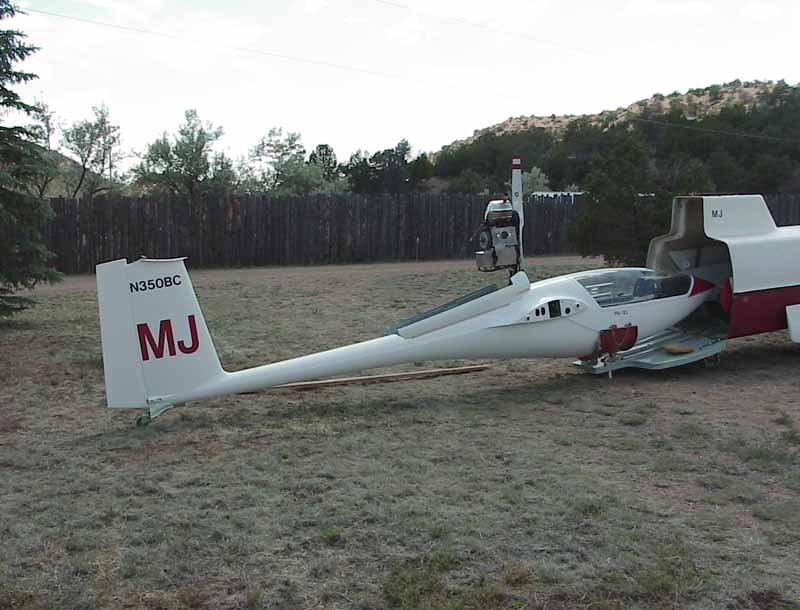
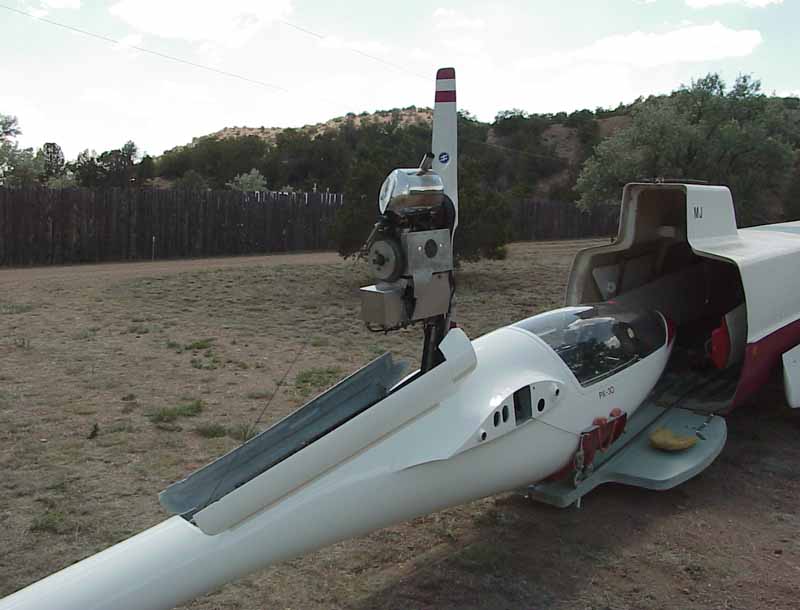
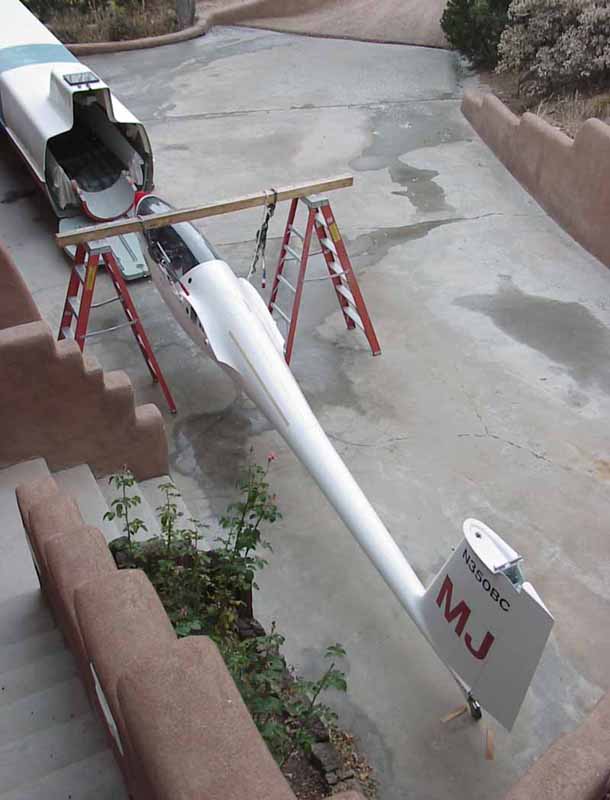
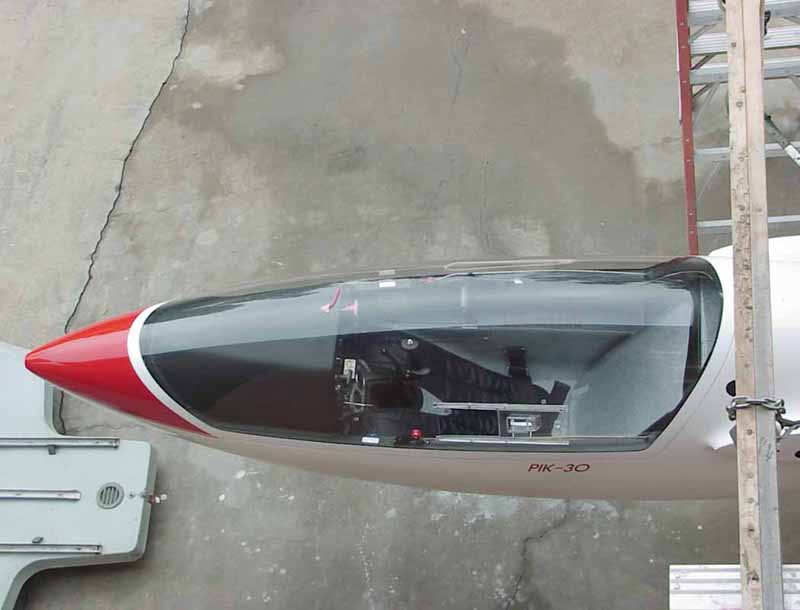
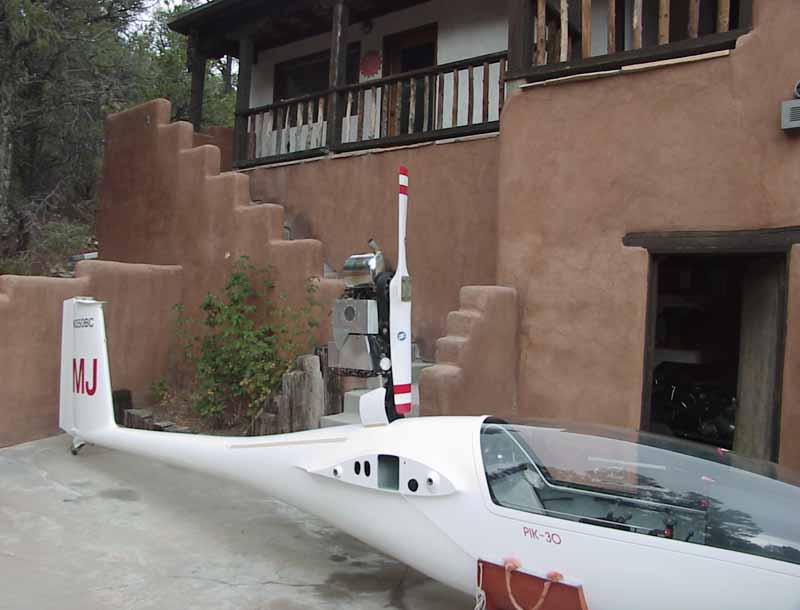
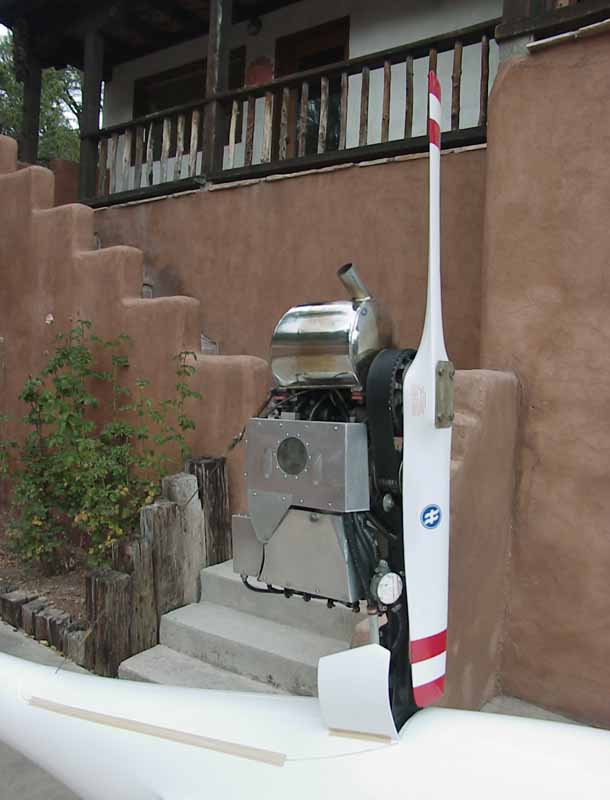
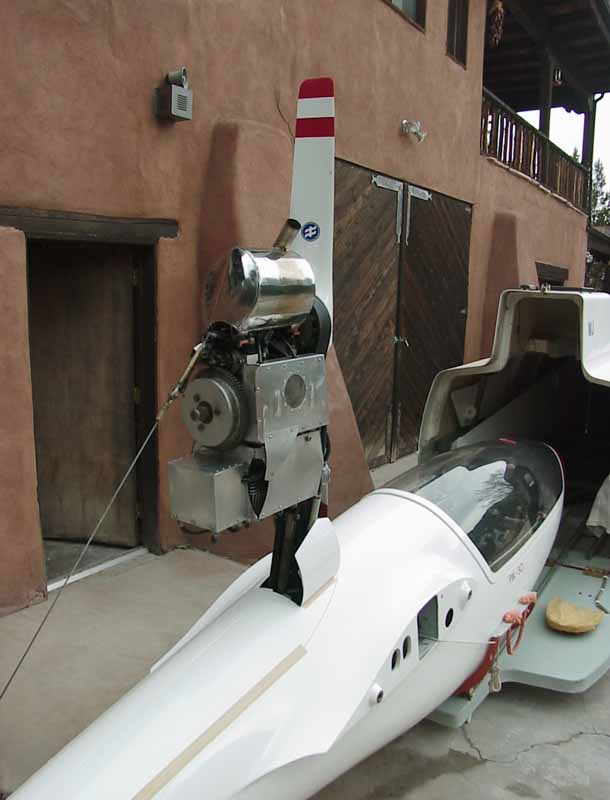
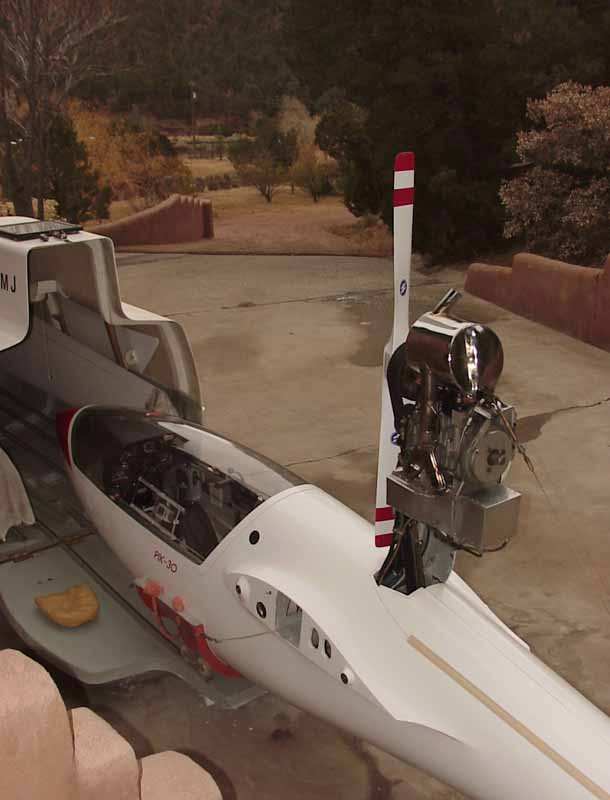
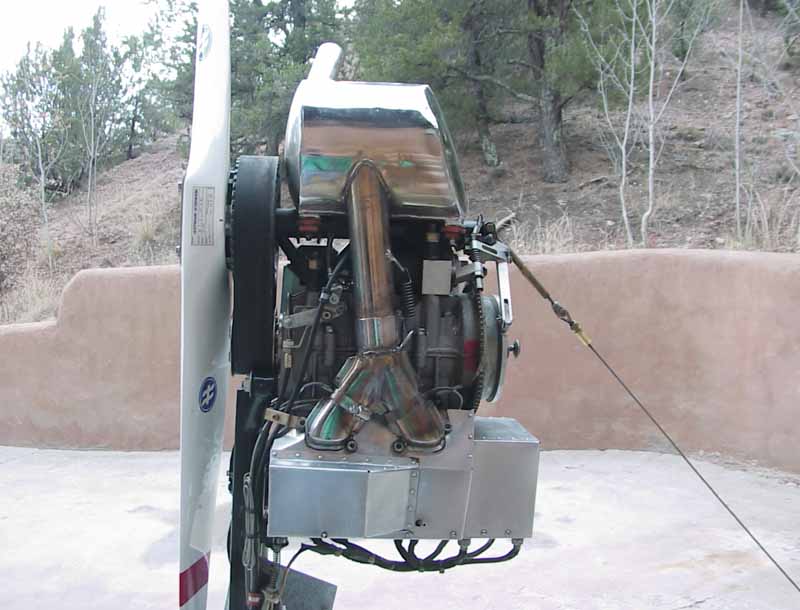
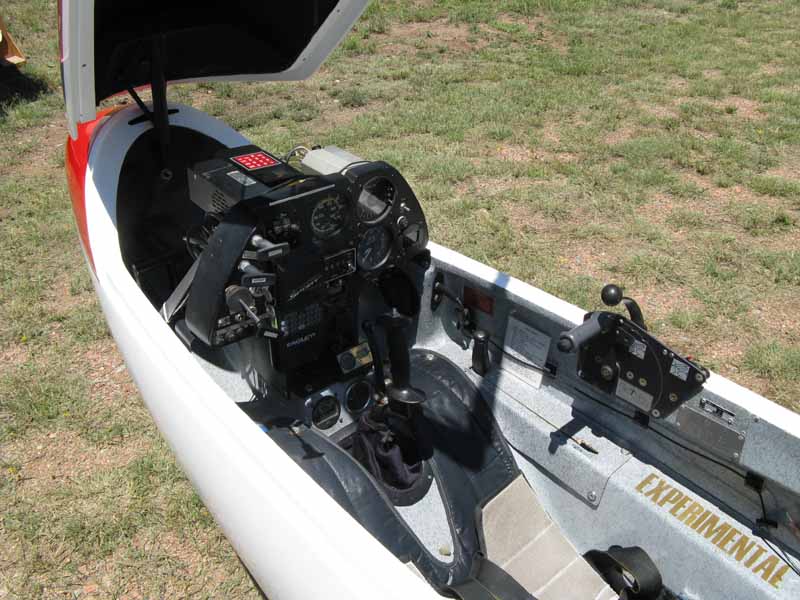
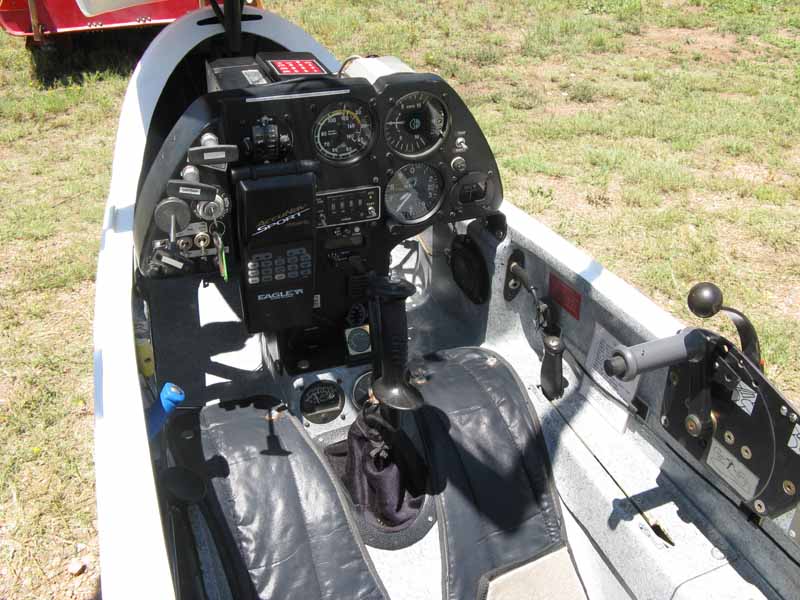
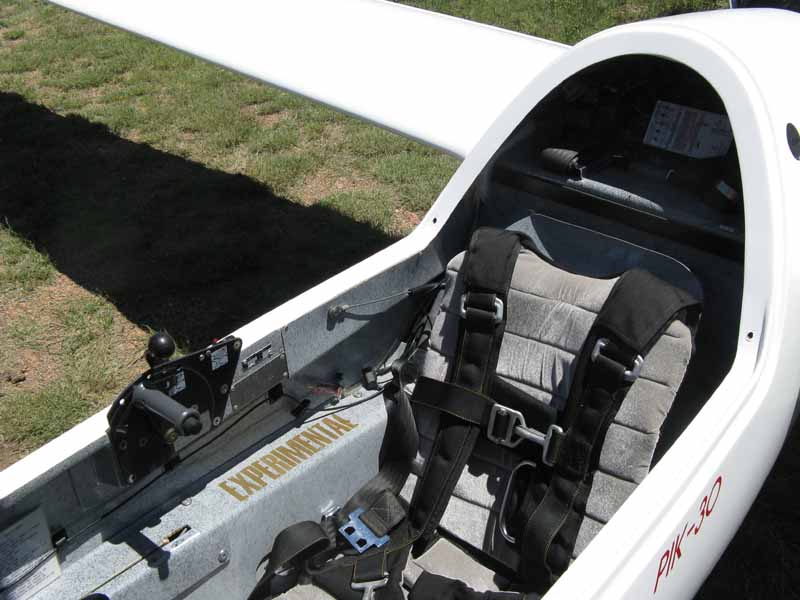
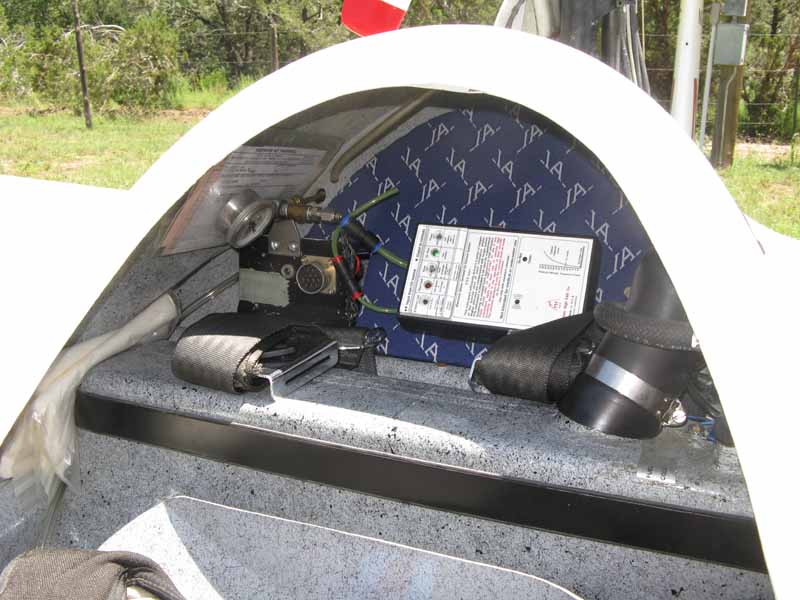
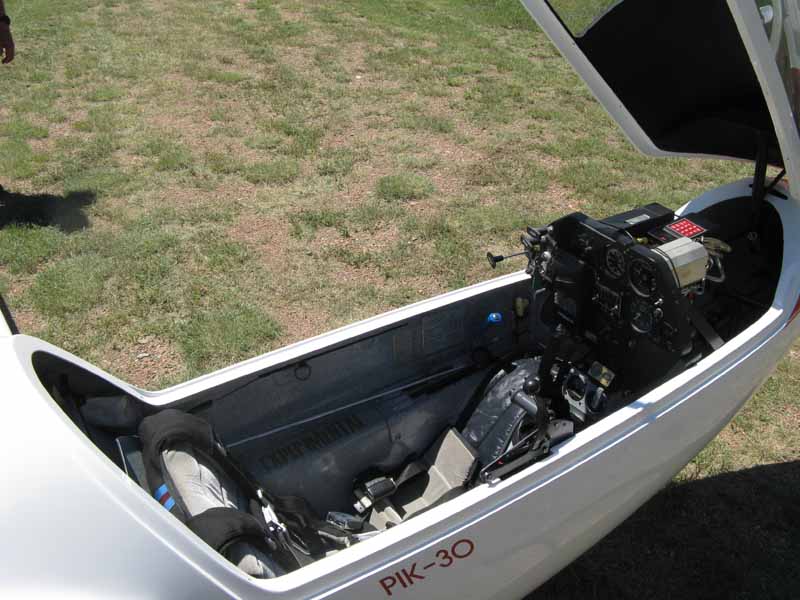
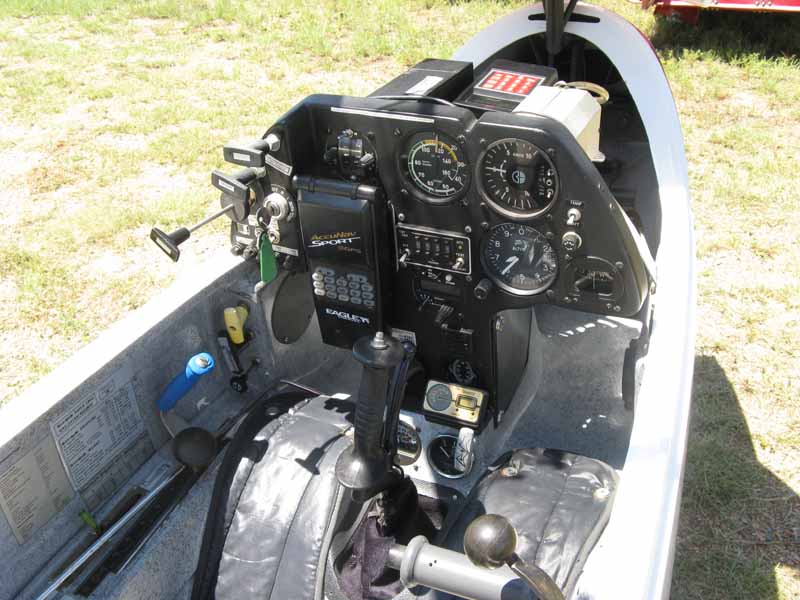
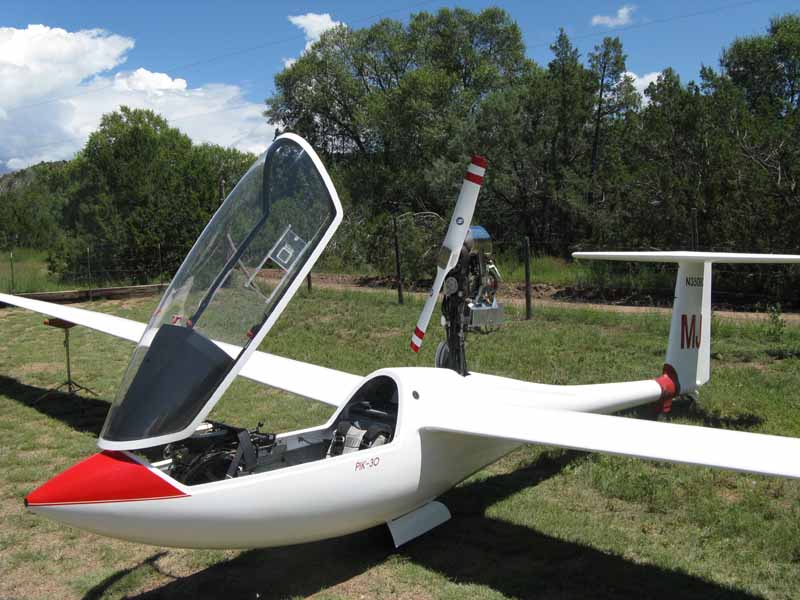
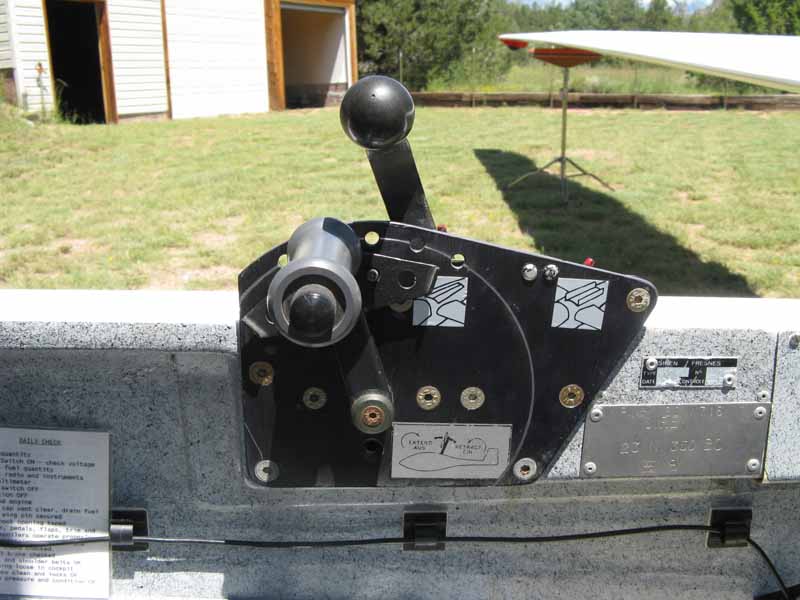
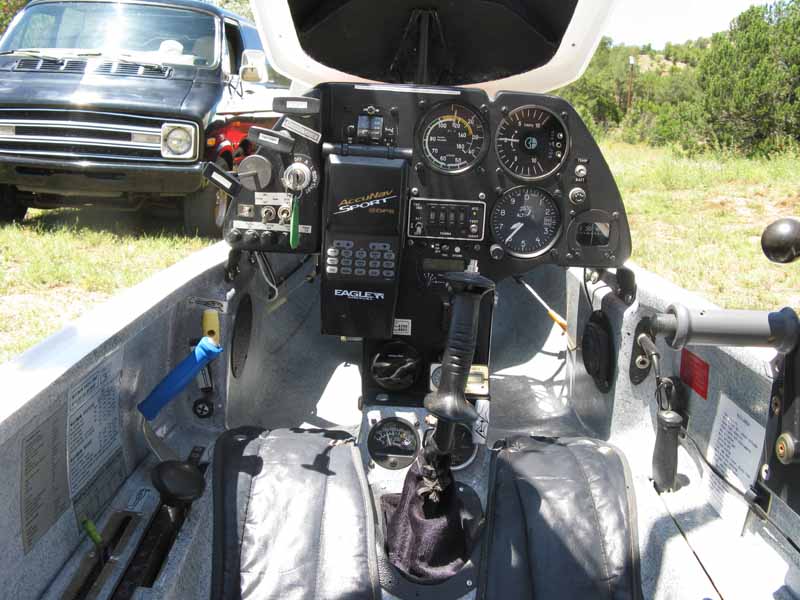
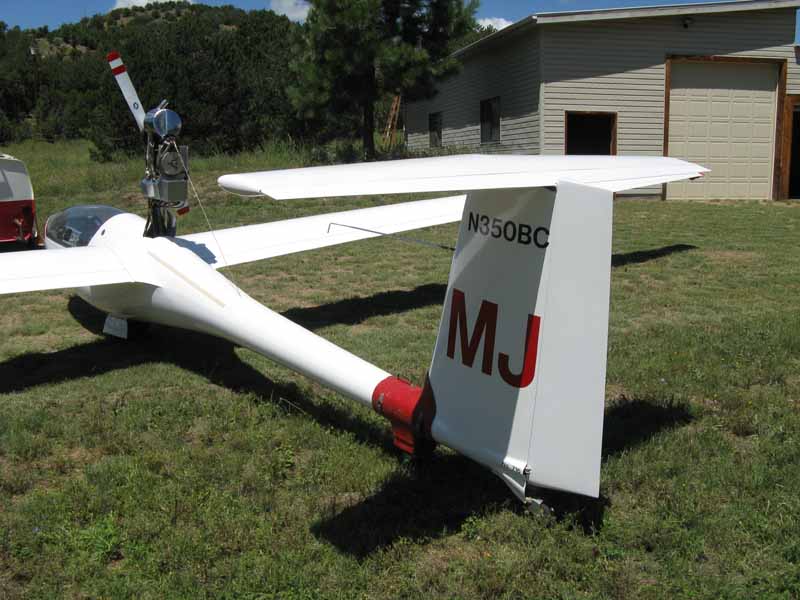
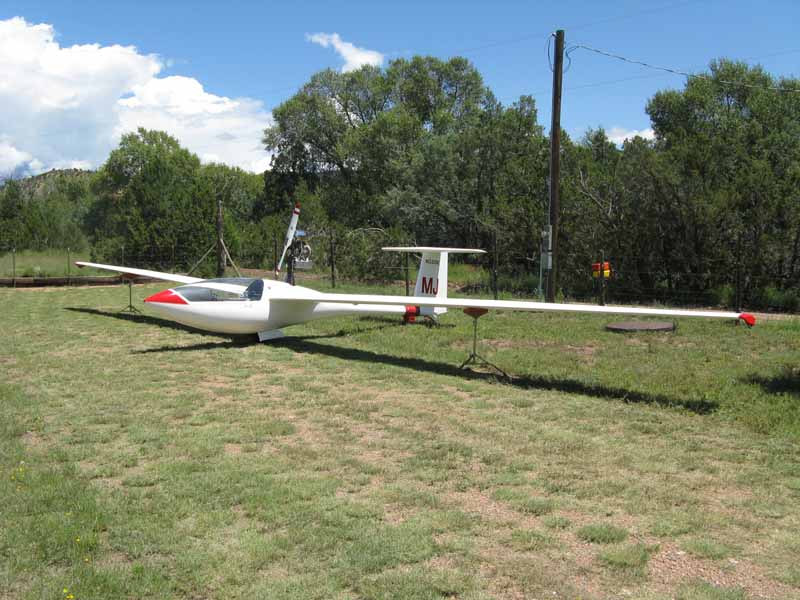
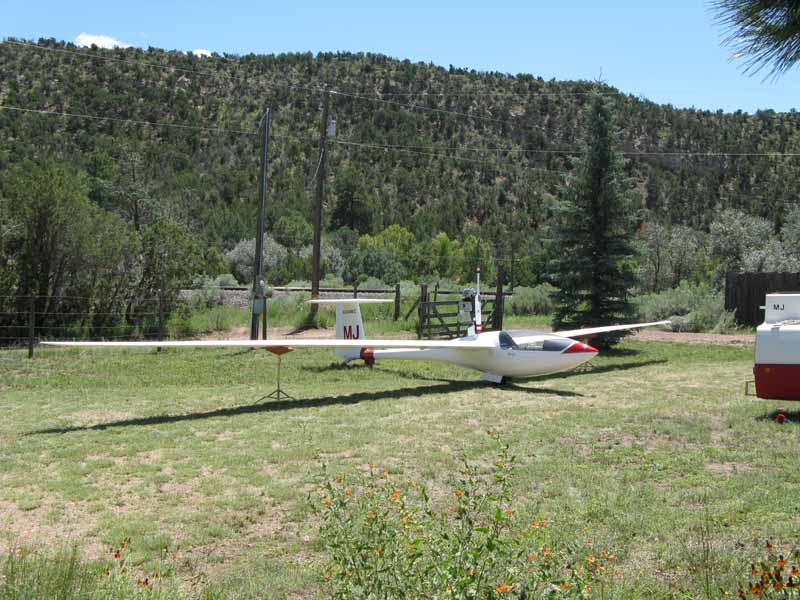
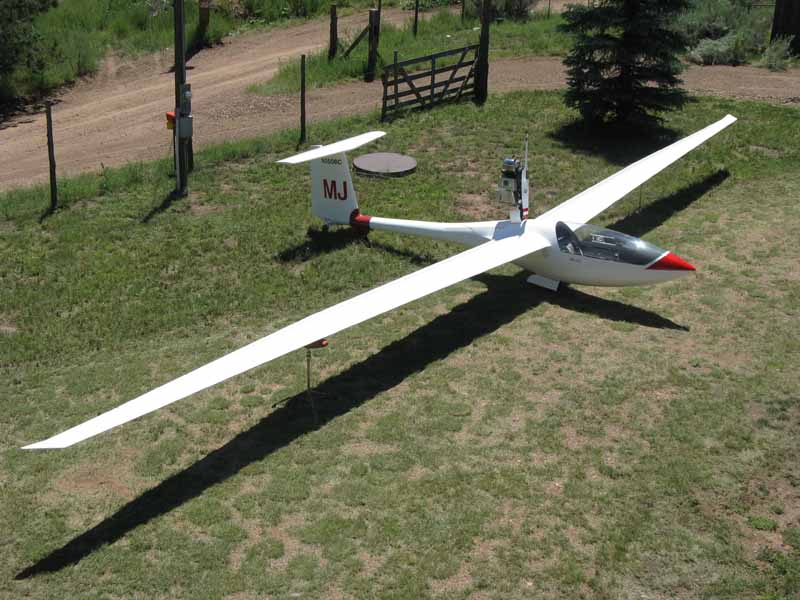
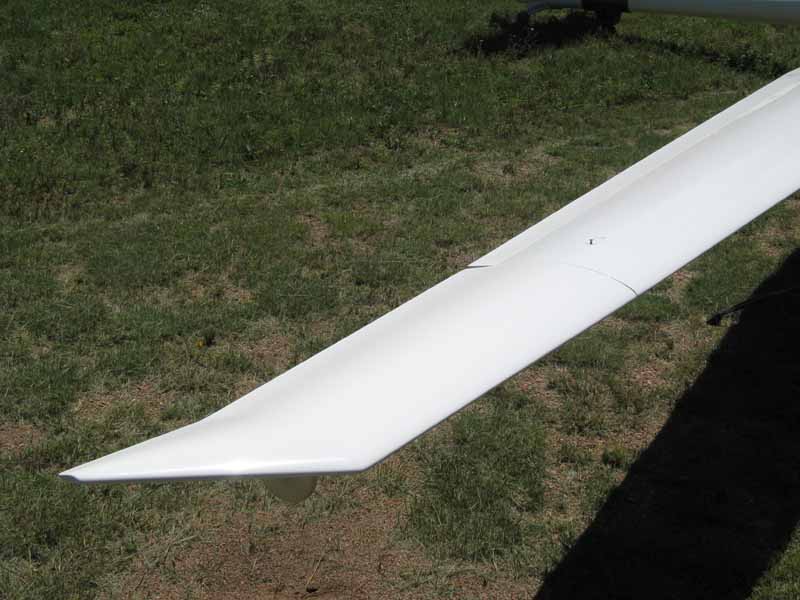
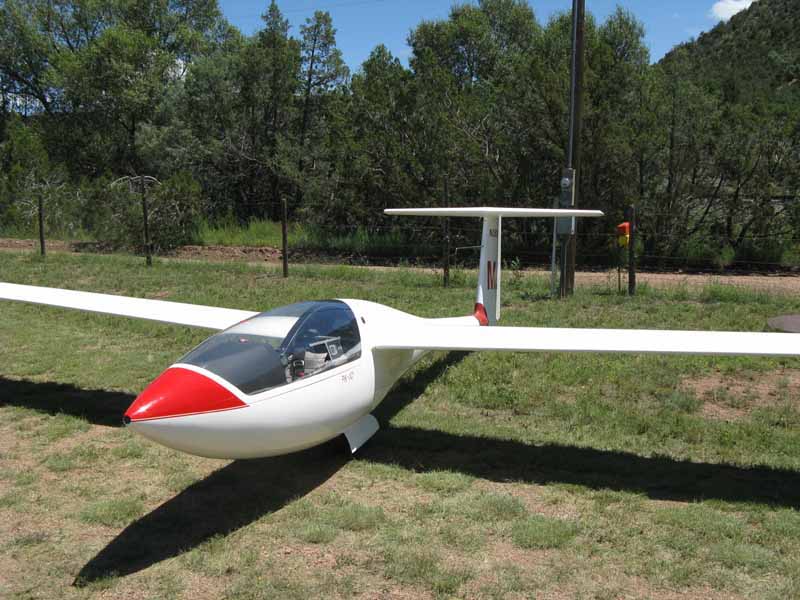
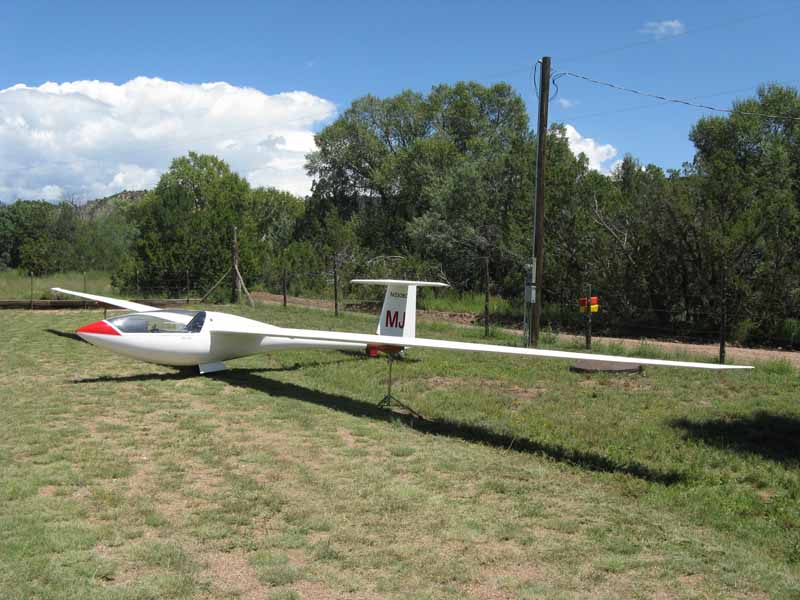
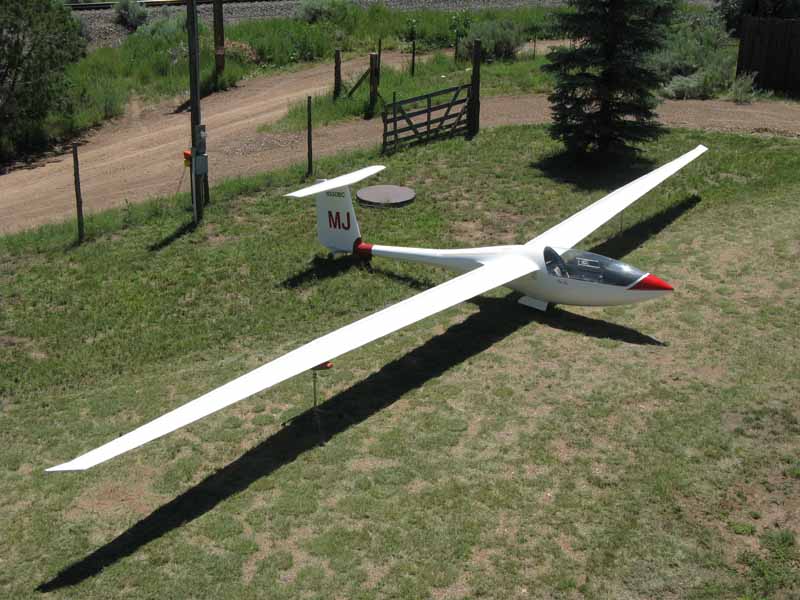
CONTACT INFORMATION:
James R. Mosher
performanceindian@gmail.com
(505) 466-7870





























